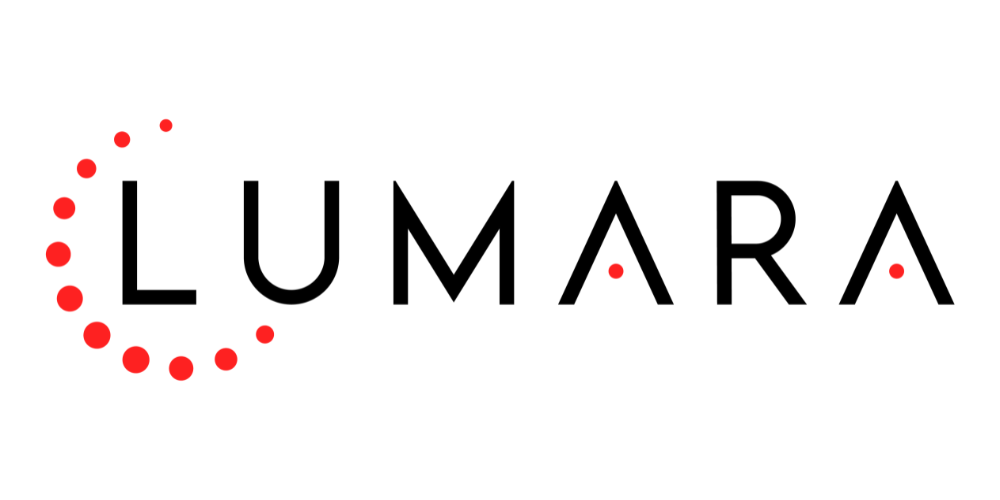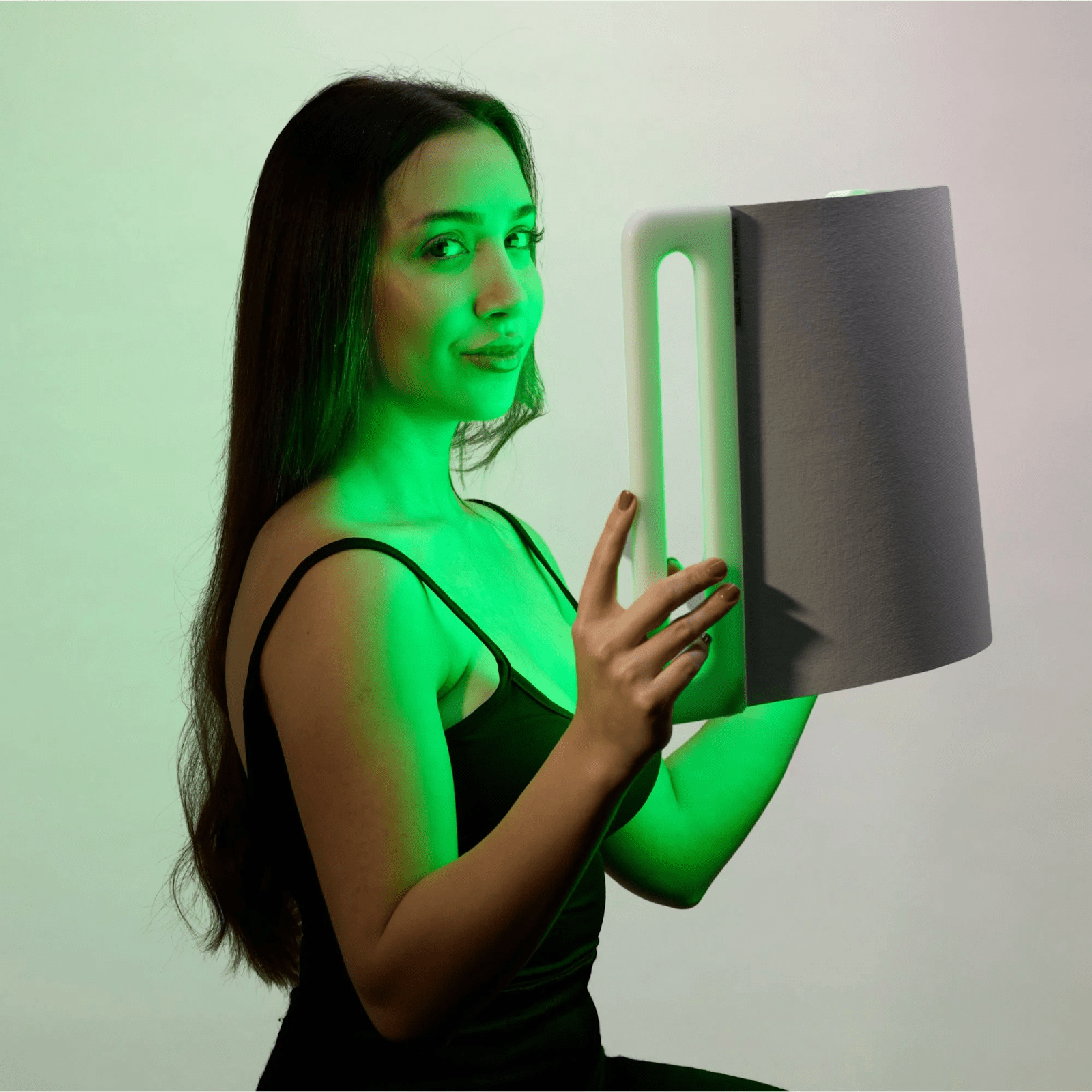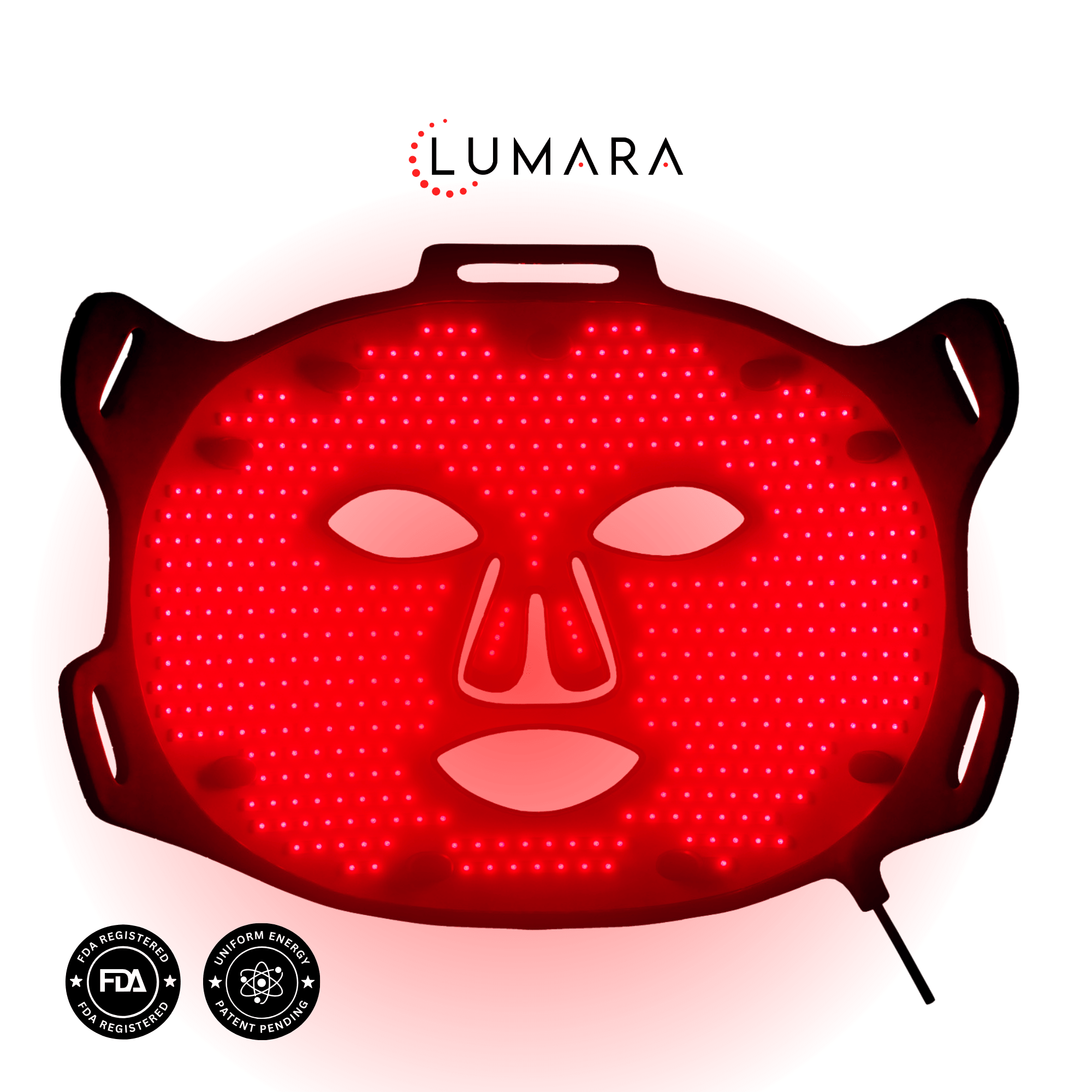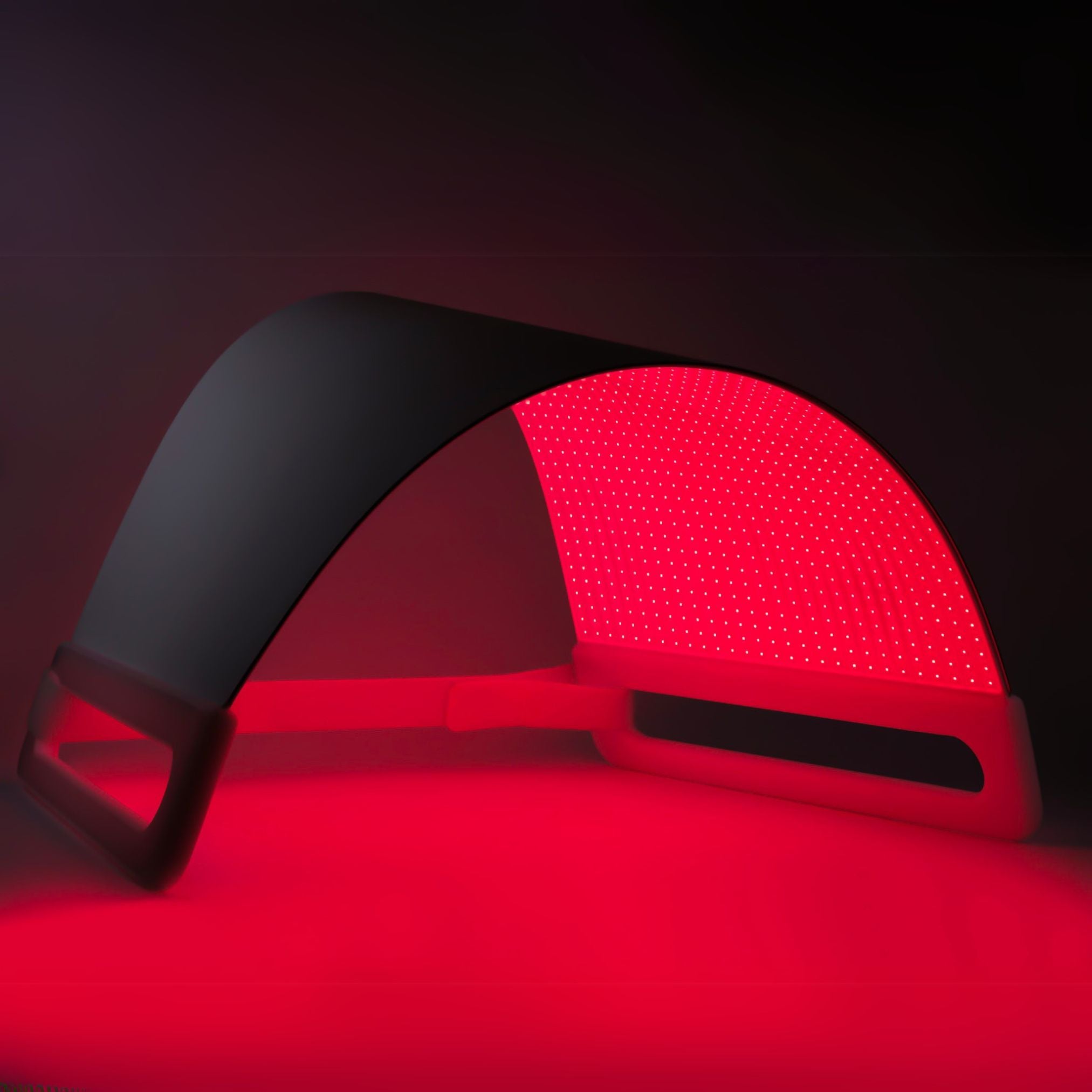As the seasons shift and daylight fades, many experience a noticeable dip in mood, energy, and mental clarity.
This is more than seasonal grumpiness.
For millions, it signals the onset of Seasonal Affective Disorder (SAD), a form of depression that emerges during the darker months of fall and winter.
SAD is linked to a lack of sunlight, which disrupts the body's circadian rhythms and affects critical brain chemicals like serotonin and melatonin. As a result, symptoms such as persistent sadness, fatigue, oversleeping, and loss of interest in activities often emerge.
Naturally, many wonder: Can light therapy help me feel better during the winter?
Evidence shows that it can.
Light therapy, when used properly, is one of the most effective treatments for seasonal depression.
What Is Light Therapy and How Does It Work?
Photo Source-> National Library of Medicine
Light therapy is a simple yet scientifically backed method that uses bright artificial light to mimic the benefits of natural sunlight.
Its primary goal is to help reset the body's circadian rhythm, the internal clock that governs sleep, mood, and energy levels. By exposing the eyes to bright light soon after waking, light therapy boosts serotonin (which improves mood) and suppresses melatonin (which promotes sleepiness).
That’s why timing matters.
For light therapy to be most effective, it should be used in the early morning, even if it’s still dark outside. Early exposure helps realign the body's internal clock to a healthier rhythm, counteracting the confusion that short winter days can cause.
Scientists believe the effectiveness of light therapy lies in its interaction with retinal photoreceptors, specialized cells in the eye that detect light and send signals to brain regions responsible for mood regulation and circadian control.
Can Light Therapy Really Improve Seasonal Depression?
Extensive research confirms that light therapy is a highly effective treatment for seasonal affective disorder (SAD). For many, light therapy offers a non-drug option that feels natural and empowering during the difficult winter months.
It’s natural to wonder: Is this just a placebo?
Clinical studies say no. The improvements linked to light therapy are not simply psychological. Research shows that bright light exposure triggers measurable biological changes, resetting circadian rhythms, increasing serotonin production, and regulating melatonin secretion, all of which play direct roles in mood and energy regulation.
When used correctly, light therapy is not a gimmick, it’s a well-established, science-backed method for restoring mental wellness during the darker seasons.
Choosing the Right Light Therapy Device: What to Look For
Not all light therapy devices are the same. To experience real results, it’s critical to choose a device that meets specific clinical standards, not just any bright-looking lamp.
-
Brightness matters most: The key measurement is lux, not lumens. Look for devices that emit 10,000 lux, the intensity proven to treat seasonal depression, at a practical, comfortable distance (about 16 to 24 inches from your face). Many cheaper lights claim high output, but only deliver those numbers if you're sitting inches away.
-
Size is also a factor: Larger light boxes, typically around 12x17 inches, provide better and more consistent coverage across your visual field. Small, portable models often fail to deliver enough exposure, requiring awkward positioning or unrealistic proximity.
-
Beware misleading marketing claims: Manufacturers often advertise lumens, which measure the total amount of light emitted, rather than lux, which measures the amount of light actually reaching the eye. For effective therapy, the light intensity experienced at your sitting distance is what counts.
-
No need for sunscreen: Quality SAD lamps are specifically engineered to filter out harmful UV rays, making them safe for daily use without risking skin or eye damage. However, always verify that UV protection is included, especially when considering off-brand or lower-cost models.
Choosing a properly designed light therapy device ensures that time and effort aren't wasted, and that the full therapeutic benefit can be achieved.
What About People Without a SAD Diagnosis? Managing "Winter Blues"
Not everyone who struggles during the colder, darker months meets the criteria for a formal diagnosis of Seasonal Affective Depression. Even without a clinical label, many people experience what's often called the "winter blues," a seasonal pattern of low mood, poor sleep, sluggishness, and decreased motivation.
These symptoms are no coincidence.
Just like in clinical SAD, reduced sunlight exposure can subtly disrupt circadian rhythms, lower serotonin levels, and increase melatonin at the wrong times, all of which contribute to feeling out of sync and emotionally drained.
The good news is that light therapy isn't reserved only for clinical cases.
Exposure to bright morning light, whether from natural outdoor sunlight or a well-designed light therapy device, can help reset biological rhythms, improve focus, elevate mood, and restore energy levels for anyone feeling the effects of a darker season.
Green Light Therapy: A New Frontier For Mental Wellness And Skin Care
While white light has long dominated the discussion around seasonal affective depression, exciting new research suggests that green light therapy could offer a promising alternative, especially for those seeking a gentler experience.
In a carefully controlled crossover study, researchers compared green light and red light exposure for individuals with seasonal depression. Patients received two hours of daily treatment with each light type, separated by a washout period.
The results were striking: green light produced similar antidepressant effects as white light (traditionally used to treat SAD).
Beyond its antidepressant potential, green light therapy offers added advantages.
Unlike full-spectrum white light, green light is gentler.
For individuals prone to light sensitivity or migraines, green light provides a softer, safer wavelength that still delivers therapeutic benefits.
Even more exciting, green light is emerging as a powerful ally for skin rejuvenation. Research shows that green wavelengths can:
-
Calm inflammatory responses at the cellular level, helping to soothe redness, irritation, and even speed up wound healing.
-
Target hyperpigmentation by inhibiting melanocyte activity, making it beneficial for brightening skin tone and minimizing sun spots and discoloration.
While more large-scale studies are needed to unlock its full therapeutic potential, green light therapy is rapidly positioning itself as one of the most exciting frontiers in the wellness community.
Who Might Consider Trying Green Light Therapy?
Green light therapy is emerging as an exciting option for individuals seeking to support their well-being during the darker months, especially those looking for something beyond traditional SAD lamps.
It may be a strong fit for:
-
Those experiencing the winter blues (not SAD) who want a science-backed way to boost mood without committing to prescription medications.
-
Individuals looking for multi-benefit therapy, combining mood support with skin health improvements, such as calming inflammation and promoting cellular rejuvenation.
As research continues to unfold, green light therapy offers a compelling way to feel better and live brighter, even when the world outside feels a little dim.
Feel Brighter Days Ahead, Starting Now
If the darker months have been weighing on you, we may have a solution for you grounded in real science, not just wishful thinking.
Light therapy has helped thousands reclaim their mornings, restore emotional balance, and rediscover energy they thought was lost to winter. It doesn’t require prescriptions or major life overhauls, just a few intentional minutes each day, guided by what your body truly needs
Light.
And for those seeking a softer, more calming experience, green light therapy is emerging as a powerful alternative. It supports mood, helps realign your natural rhythm, and even offers gentle benefits for skin clarity, all without harsh glare or overstimulation.
At Lumara, we’ve built our green light panels to meet clinical standards, because you deserve more than mood lighting. You deserve results you can feel.
💚 Explore the Illuminate Green Panel
Designed for brighter moods, calmer days, and skin that glows from the inside out.
You’re not alone, and with the right light, you’re never in the dark.






Share:
Red light vs Infrared Light: The Difference And Benefits
Red Light Therapy for Arthritis: How It Works & Benefits